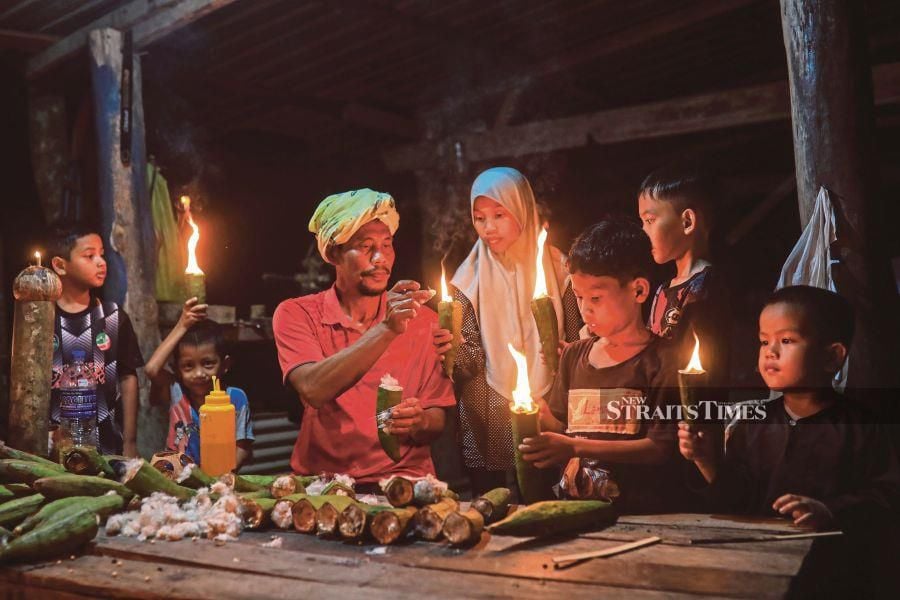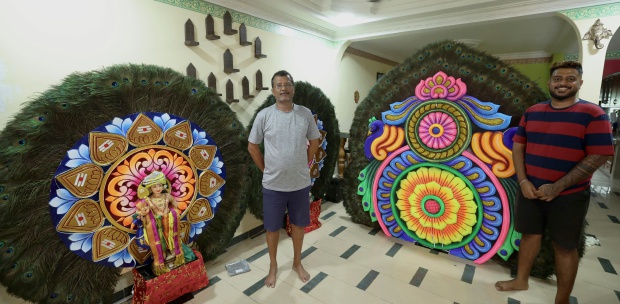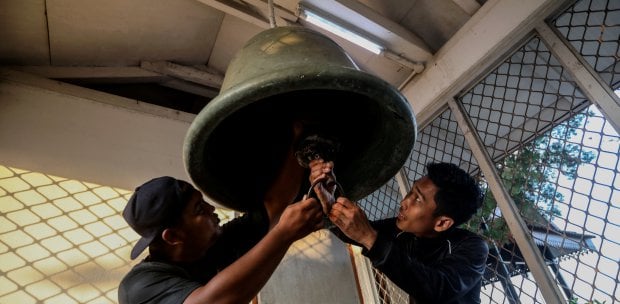BESUT: A farmer from Kampung Alor Keladi in Jerteh, near here is continuing the tradition of making 'pelita kekabu' or oil lamps made with the fibres of the silk-cotton tree.
Mohd Zailani Mohd Nor, 48, said people in the past used a lot of these lamps to light their way around the dark at night.
He said it was normal back then to see people carrying these oil lamps when they went out of their houses to go to and from their 'mangaji' (Quran recital) classes.
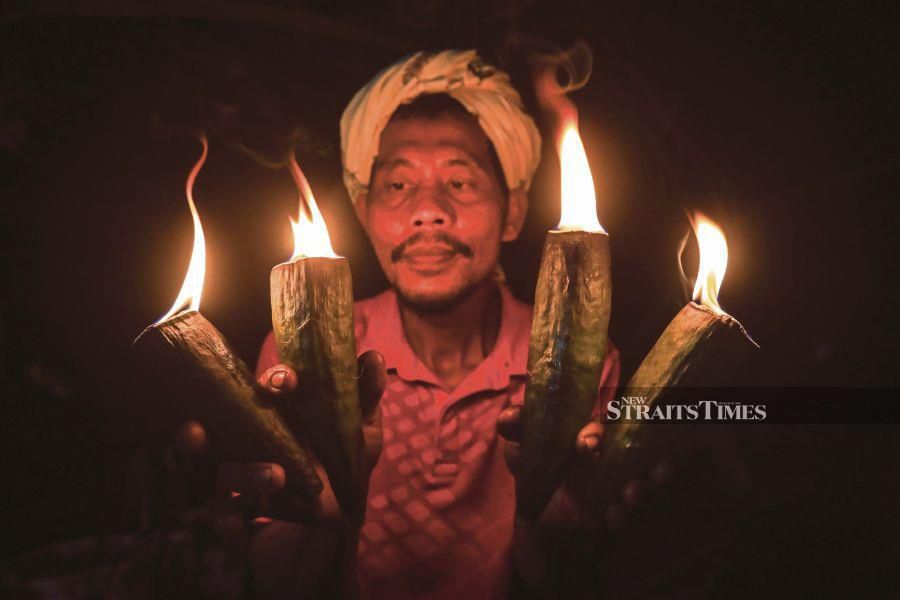
"The tradition of making 'pelita kekabu' goes all the way back during the time of my forefathers. My father made the lamps, so now, I, too, am making the lamps.
"I began making small quantities of 'pelita kekabu' just for fun because I used them to light up our house compound at night during the months of Ramadan and Syawal.
"However, I now make much more lamps. Last year, I made 2,500 lamps, and this year I might make up to 3,000," Zailani told Harian Metro when met at his house yesterday.
He said the lamps were only distributed to people because his intention was to keep the tradition alive. Zailani said the silk cotton tree bears fruit in the early part of the year, and it only grows in certain areas. He said the process of making 'pelita kekabu' takes about five minutes.
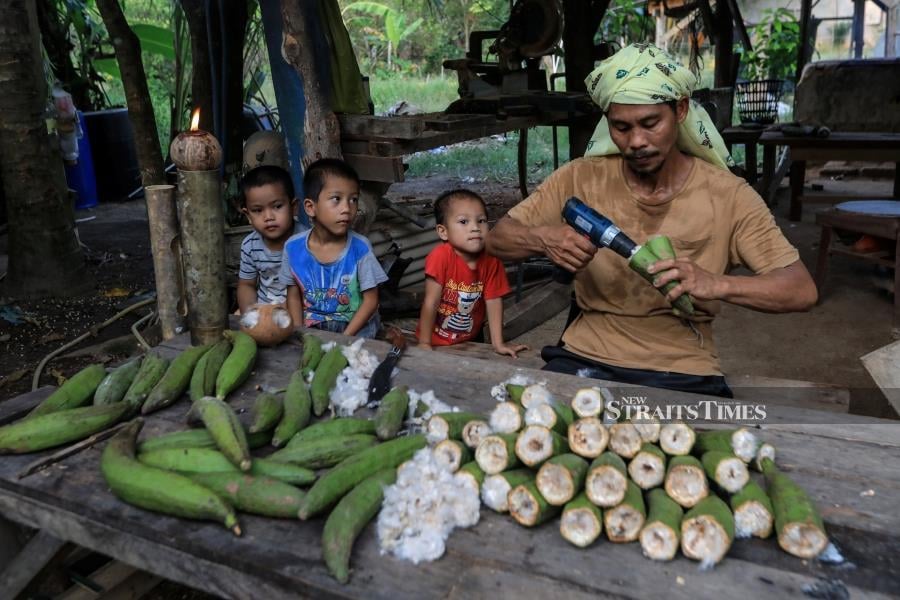
"We choose a young fruit and slice it in half. The flesh and silky fibres are extracted. We later stuff the fibres into the these sliced up fruit casings. The fibres act as the lamp's wick," he said.
The father of four said each 'pelita kekabu' requires about 50ml of kerosene and it would stay lit for about an hour.
"I spend RM10 to buy kerosene that is enough to keep many lamps lit up for three days," he said, adding these types of lamps used entirely natural materials.
He also said the mature 'kekabu' fruits are used to make mattresses and pillows
"Many among the younger generation do not know anything about 'pelita kekabu', so it is important for people to ensure this tradition in making them stays alive."


